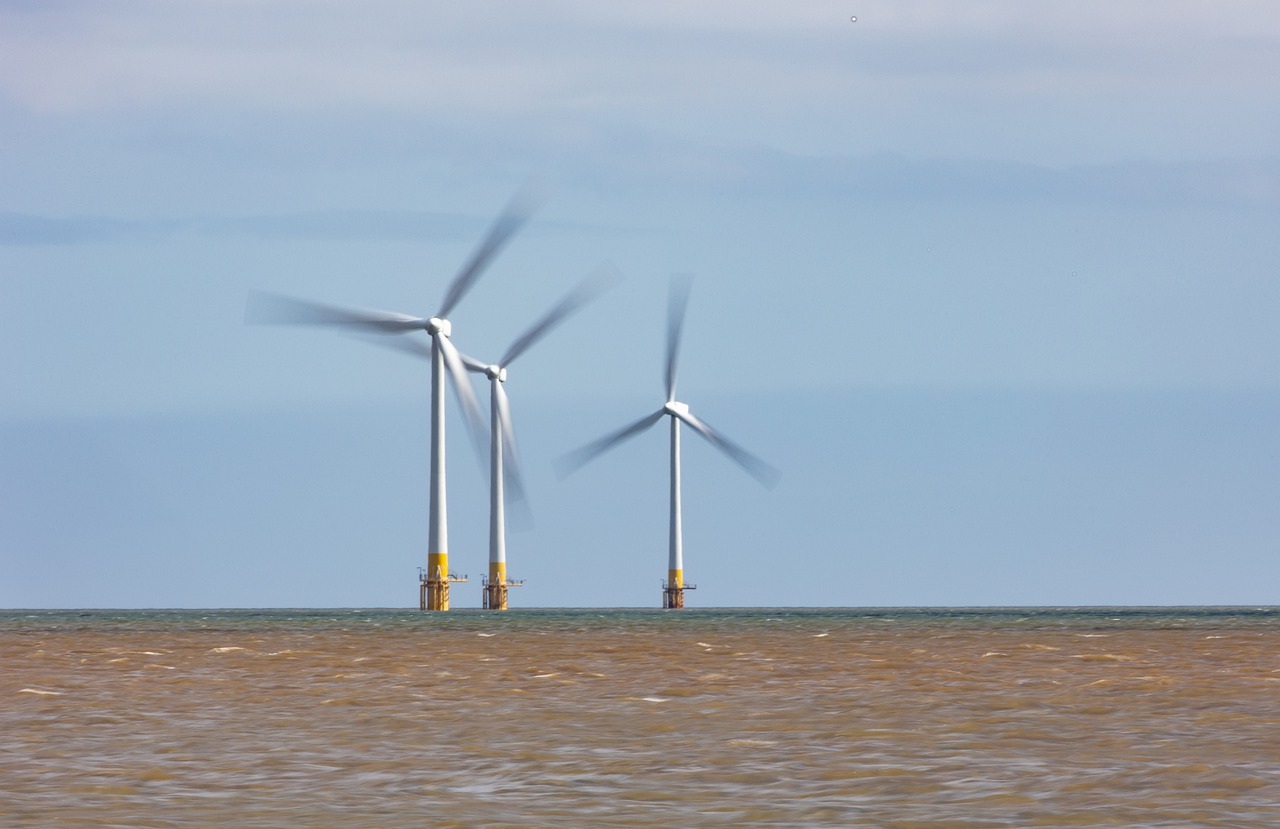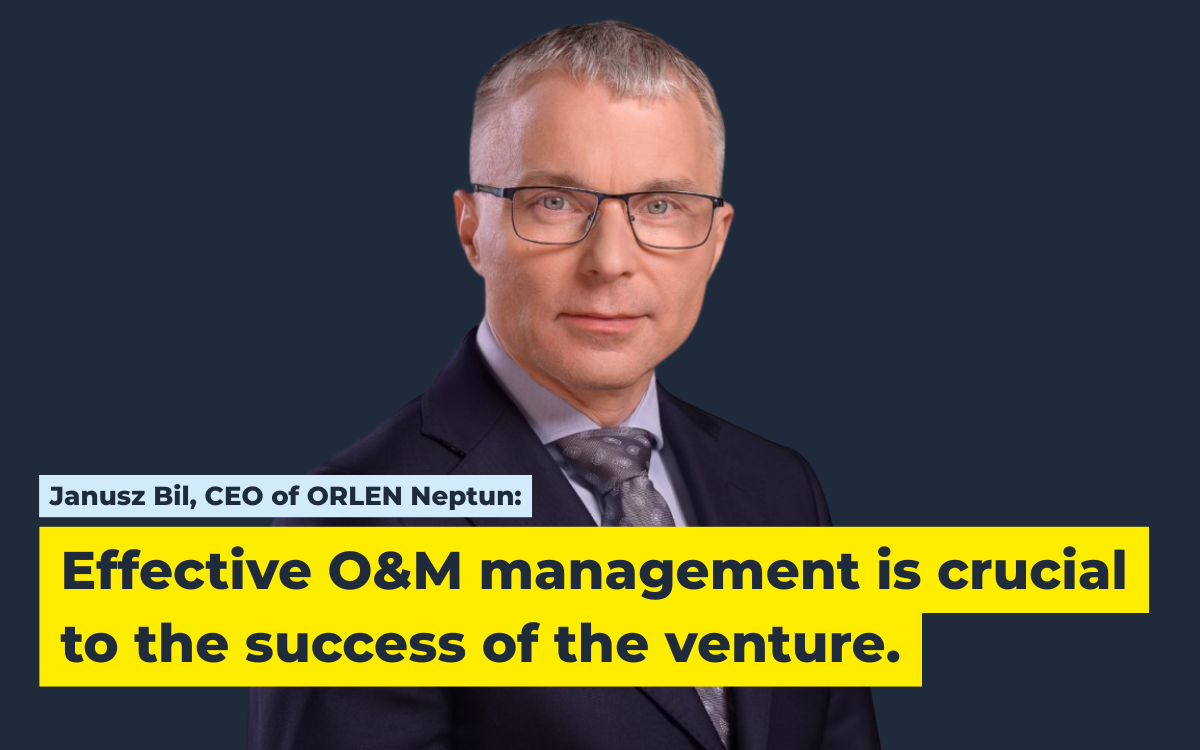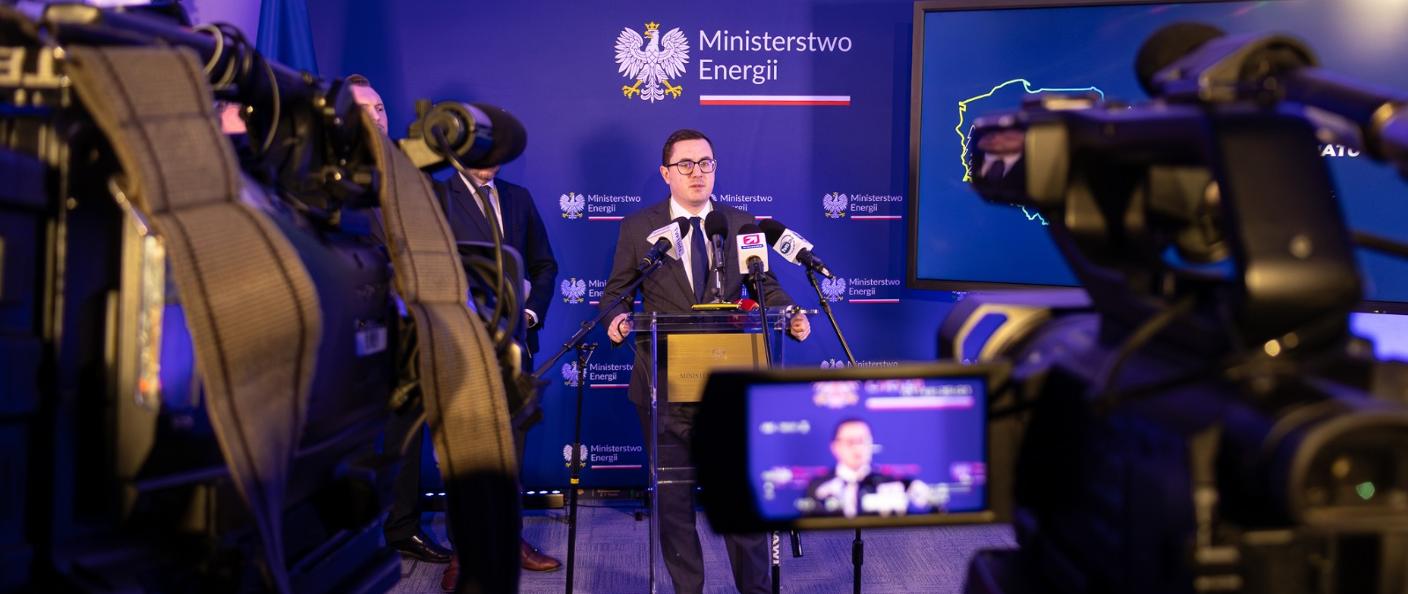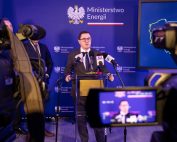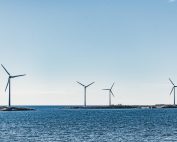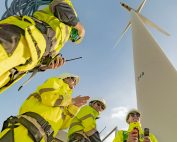In September we reported on BalticWind.EU that energy concern bp is interested in investing in the Polish offshore wind energy sector. This was communicated by Michał Obiegała, Regulatory & Government Affairs Manager and Legal Counsel at BP, during the Economic Forum in Karpacz. Today the representative of BP Poland answers our questions. Obiegała stresses that Poland is placed high on the bp Capital Group’s list of priorities for offshore wind.
Michał Obiegała says in a commentary for BalticWind.EU that the company sees opportunities for itself in the construction and operation of offshore wind farms. He explains that investments in offshore wind farms are part of the implementation of BP’s global strategy. The strategy assumes that the capacity installed in RES will increase to 20 GW by 2025 and to 50 GW by 2030.
BP engages in projects around the world, opportunity to partner with Aker
– A year ago, we entered into a strategic partnership with Norway’s Equinor and are curremtly developing a 4.4 GW project with them on the east coast of the United States. The second large investment is being carried out together with the German company EnBW – it is a 3 GW wind farm in the Irish Sea – he points out.
He reports that BP is also discussing further projects in the North Sea, such as a potential partnership with Aker, as well as on the Norwegian continental shelf.
According to our interlocutor, wind energy will play a key role in the changes that await the Polish energy mix in the upcoming decades. Some of the best renewable energy sources that can help with this are wind energy, offshore and onshore, and photovoltaics.
Poland among BP priorities for offshore wind energy
Obiegała points out that the prospects for the offshore industry development in Poland are very good, partially due to good wind and location conditions of the Baltic Sea and the Polish government’s plans to expand this sector.
– Poland is high on the BP Group’s list of offshore priorities. If the regulatory environment and regulations allow it, we will consider investments in Polish offshore wind in the nearest perspective – he explains.
When is the decision on BP’s involvement in offshore wind in Poland likely to be made? Obiegała replies that bp is actively analyzing business opportunities for investments in the Polish offshore sector. The final decision will be made after the legislative process and an in-depth analysis of the regulatory environment.
– We are still awaiting the issuance of a number of implementing regulations for the so-called offshore laws, which will be crucial to equip the Baltic Sea coast with offshore energy means in the future. The key in this aspect will be the regulation on adjudication proceedings, of which the final draft is awaited by the industry and being discussed with the government. This project will show, on the basis of which criteria it will be possible to invest in the Polish offshore sector in the so-called second wave of investment. Projects have a rate of return over a 25-30 year horizon, so we want to be sure that investments would be made in a stable regulatory environment. Without such certainty it is difficult to make a decision to engage in specific projects, he explains.
Investments in RES will transform BP into a modern energy group
We also ask for the bp Counsel’s opinion on why RES, particularly offshore wind, are an attractive investment asset for conventional energy concerns today. Obiegała explains in an interview with BalticWind.EU that the Green Deal and energy transformation will determine the direction of Europe’s development in the upcoming decades, this includes Poland, whose energy mix is still based mostly on coal. According to the government’s assumptions, its share will gradually decrease in favour of renewable energy sources (The National Energy and Climate Plan). This direction has public support, he stresses. He adds that the Green Deal adopted by the European Commission makes the European economy, finances and new investments strictly dependent on reducing CO2 emissions.
– The plan to achieve climate neutrality in 2050 is intended to provide an axis for the development of all industries – from agriculture to transport, energy, and insurance. Europe will spend hundreds of billions of euros a year on building a low-carbon economy. The Polish energy market will also change dramatically over the next 20 years. We will move away from coal-based power generation on a large scale. We will be moving towards transition fuels ,for example gas, and ultimately aiming to base our energy and economy more and more on renewable energy sources – explains Obiegała.
Polish Energy Policy until 2040 (PEP 2040) assumes that the first offshore wind farm will be included in the energy balance in three to four years. The installed wind capacity in the Polish part of the Baltic Sea may reach 5.9 GW by 2030 and will almost double by 2040. The European Union also has ambitious offshore plans. The EU’s offshore renewable energy strategy, published in November 2020 by the EC, assumes that installed capacity will increase from the current 12 GW to 60 GW in 2030 and to 300 GW by 2050. The Commission intends to supplement this with 40 GW of ocean energy and other emerging technologies such as floating wind and photovoltaic installations by 2050, the bp representative concludes.
According to think-tank Forum Energii’s data, last year in Poland the production of electricity from RES was the highest ever and exceeded 25 TWh. The largest energy and fuel companies are already talking about the need for transformation, and most of them are implementing investments focused on RES and modern energy.
– This includes BP, which aims to transform itself into a modern energy group. According to the bp strategy announced at the beginning of 2020, the company will reduce oil and gas production in favour of renewable energy sources. By 2030, it will reduce its output by 40% and its emissions by approximately one third. At the same time, it will increase its expenditure on investments in renewable energy and low-emission technologies tenfold, allocating at least US$5 billion annually. The new strategy is to transform the company into a modern energy group, and in the long run – until 2050 – to become completely non-emitting, explains Michał Obiegała.
